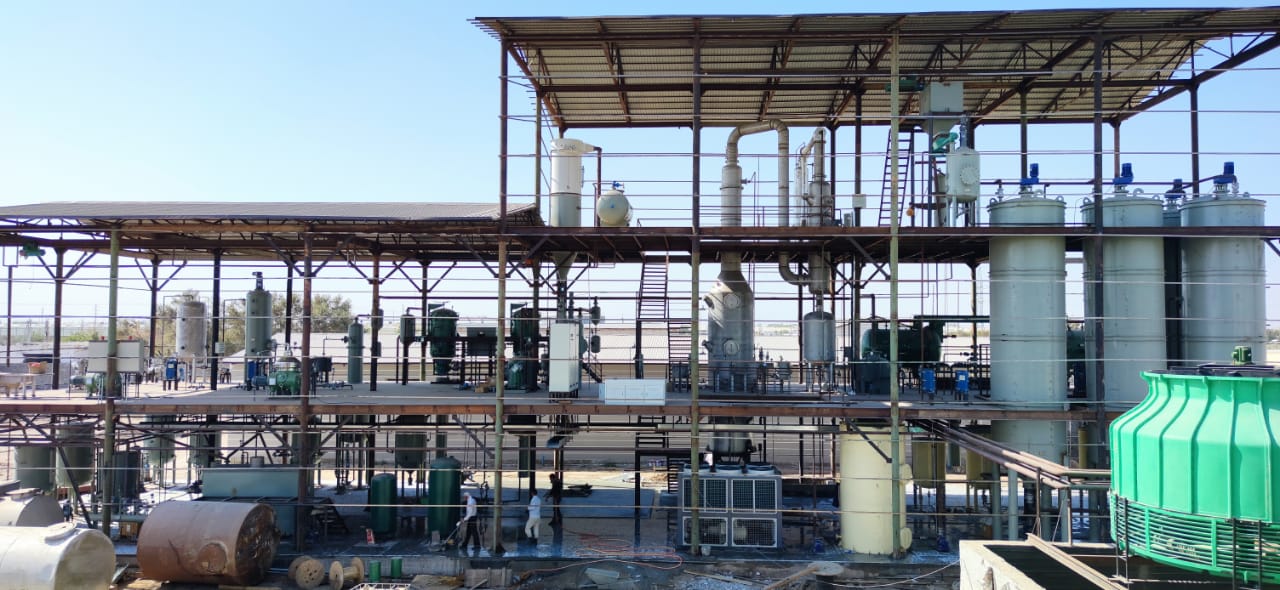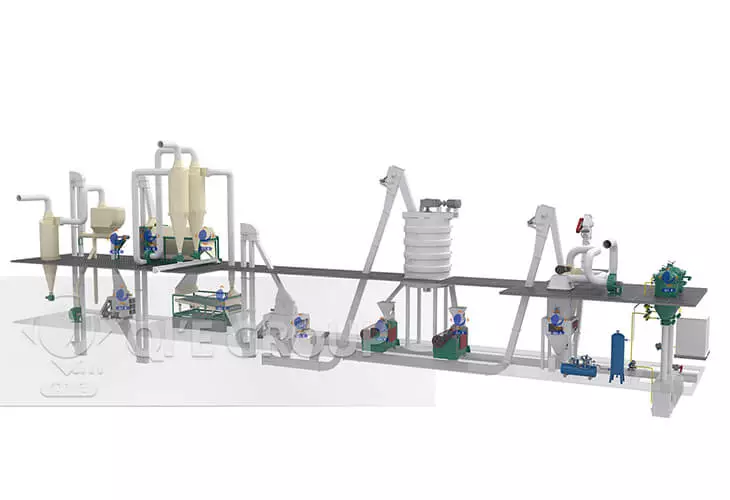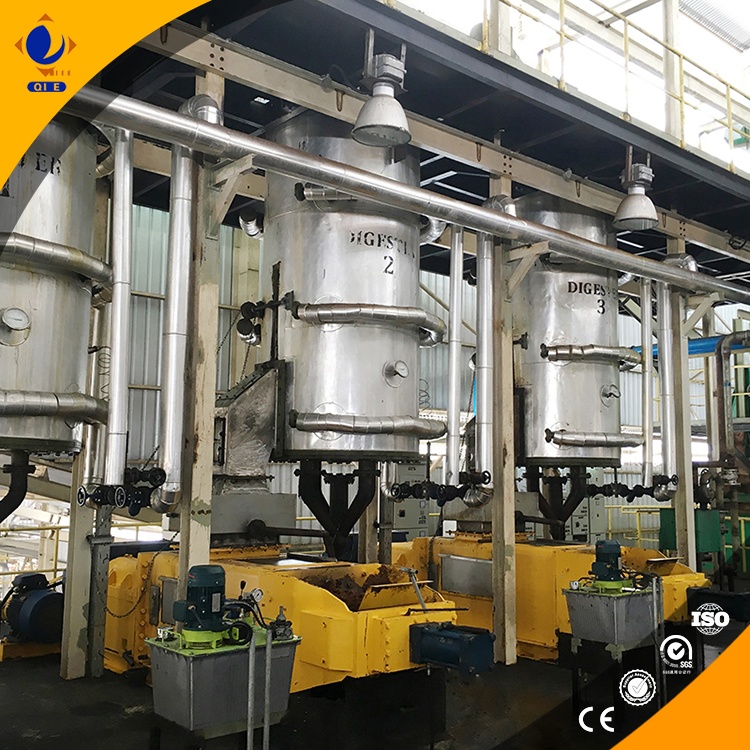
Have you ever wondered how high - quality soybean oil is produced? The production process of soybean oil is a complex and precise journey, where every step plays a crucial role in creating a product that meets the highest standards. Let's embark on this exploration together.
The first step in soybean oil production is the preparation and cleaning of the soybeans. This process is like a careful screening of candidates. Only the best - quality soybeans are selected for production. The soybeans are passed through a series of sieves and magnets to remove impurities such as stones, dust, and metal pieces. This not only ensures the quality of the final product but also protects the subsequent production equipment. For example, in a large - scale soybean oil production plant, they can process up to 500 tons of soybeans per day. The cleaning process can remove about 95% of the impurities, laying a solid foundation for the next steps.

After cleaning, the soybeans are crushed and dehulled. Crushing the soybeans is like breaking open a treasure chest. It increases the surface area of the soybeans, making it easier to extract the oil. The dehulling process removes the outer skin of the soybeans, which can affect the quality and flavor of the oil. Specialized crushers and dehullers are used in this step. These machines can handle large volumes of soybeans efficiently. In a well - equipped factory, they can crush and dehull approximately 300 tons of soybeans per shift.
Once the soybeans are crushed and dehulled, it's time for oil extraction. This is the core step of soybean oil production. There are two main methods of oil extraction: mechanical pressing and solvent extraction. Mechanical pressing is like squeezing juice from a fruit, where pressure is applied to the soybeans to release the oil. Solvent extraction, on the other hand, uses a special solvent to dissolve the oil from the soybeans. Most modern production plants use a combination of these two methods to achieve the highest oil yield. For instance, a typical plant can extract about 18 - 22% oil from soybeans, depending on the quality of the soybeans and the extraction method used.

The extracted oil is not yet ready for consumption. It needs to be refined to remove impurities, odor, and color. Refining is like polishing a gemstone. The oil goes through several processes, including degumming, neutralization, bleaching, and deodorization. Each process is carefully controlled to ensure the quality of the final product. For example, the bleaching process can remove up to 90% of the color - causing substances in the oil, making it clear and transparent.
During the production of soybean oil, there are also valuable by - products. One of the main by - products is soybean meal. It is rich in protein and is widely used as animal feed. In fact, about 80% of the soybeans processed into oil end up as soybean meal. Another by - product is lecithin, which is used in the food and pharmaceutical industries. These by - products add additional value to the soybean oil production process.

Our company takes great pride in its strict quality control and professional production technology. We have years of experience in the soybean oil production industry, and our team of experts ensures that every step of the production process meets the highest standards. Whether it's the selection of soybeans, the operation of equipment, or the treatment of by - products, we are committed to excellence.
Contact us today to learn more about our soybean oil products and how we can meet your specific needs. We are here to provide you with the best solutions in soybean oil production.


